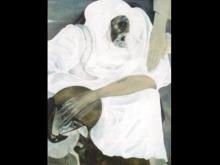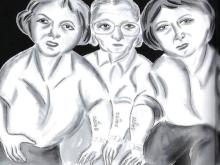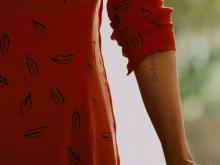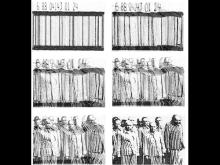Chronique d’un été (Paris 1960)
CHRONIQUE D’UN ÉTÉ - PARIS 1960, Edgar Morin & Jean Rouch, F 1961
CHRONIQUE D’UN ÉTÉ (1961) is an ethnographic film in which several real-life protagonists discuss and debate a variety of social and political topics, including the film itself. The Holocaust is not explicitly mentioned. However, a significant sequence implicitly relates to the persecution of Jews during World War II. During a discussion between young Frenchmen and students from African countries about colonialism and racism, the camera focuses on the arm of a young French woman and reveals a Number Tattoo. This indirect use of the original Number Tattoo footage in Edgar Morin’s and Jean Rouch’s documentary emphasises its symbolic and connective function. The scene deals with multidirectional memories. Different experiences of colonialism, racism, and antisemitism are intertwined in a dialogic situation during the group conversation initiated by the directors. This multidirectional turn is caused by verbally and visually pointing toward the Number Tattoo of Holocaust survivor Marceline Loridan-Ivens. By utilizing the same shot size, especially the close-up shot of the number, alludes to the historical footage indirectly. As in many indirect uses of the Number Tattoo, the main function is indicating a person as a survivor by the symbolic Number Tattoo. This is further intensified by the following scene showing Marceline walking through the Place de la Concorde and Les Halles, recalling memories from her past to herself that are recorded by a transportable device. With the help of a mobile sound recorder, the viewers listen to Loridan’s monologue about her memories from Auschwitz. This indicates that the number tattoo has a triggering effect, which corresponds to the ethnographic approach of the film. CHRONIQUE D’UN ÉTÉ is considered a prototypical example of the cinema verité documentary genre.
The depiction of the number does not explicitly refer to the sequence in the Soviet liberation footage. Nevertheless, it establishes an indirect and allusive relation. Here, the number has a symbolising function, shifting attention away from the historical events towards the speaking position of the survivor. Therefore, it is telling that, along with the Eichmann Trial in Jerusalem the same year, 1961 marks the beginning of what Annette Wieviorka has defined as the “era of the witness.”




